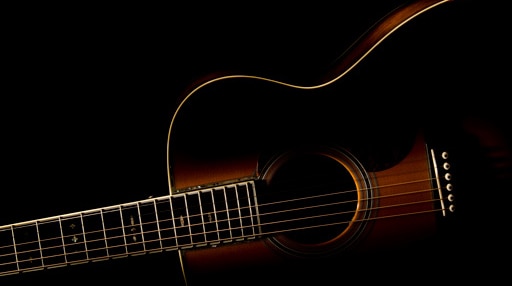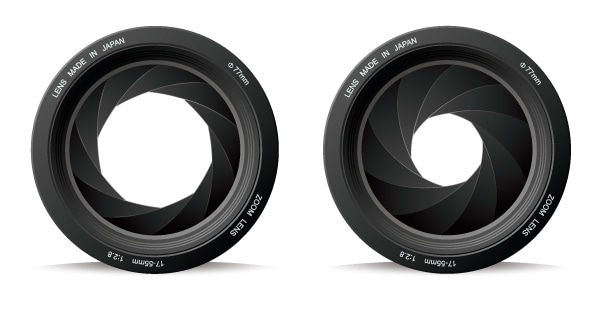Photography is everywhere, both in print and online. Following the increased accessibility to cameras and camera phones, professionals and everyday photographers alike have been given the chance to expand their photography skills. Social media has also provided a gateway for individuals to share their work with the internet, amassing interested viewers from their friends, family, and the larger community.
The ability to take advantage of this image-laden world is important to establishing personal brands. Having the right imagery to complement your brand can help increase recognition, as well as capture the attention of more viewers. However, it is important to take the time to determine the kind of imagery that will make sense in association with your name, as well as how to use the imagery to its best effect.
Choosing Imagery
Because visuals play a common role in everyday life, it is important to use imagery that establishes a connection with your viewers (The Next Web). By capturing a viewer’s interest and creating a connection, you make a pathway for the viewer to form a deeper attachment to your brand. When choosing imagery, it is a good idea to analyze what kind of market you are in and whether or not the set of images will accurately convey your brand and its mission. It is important to choose photographs that are both creative and in-line with your industry so viewers can get a sense of what you do and how you do it (Contrastly).
Consistency in photographic styling is another key point to consider when establishing your brand imagery. Using a similar style across social media platforms, websites, and advertising can help boost how well your brand is received and how recognizable it is (Designer Fund). While the overall styling of the image is important, the technical side of the image can also make-or-break the success of the photograph.
The Visuals
When preparing for your photographs, it is important to consider various technical aspects, such as what the main subject will be, what kind of lighting is needed, and what kind of composition will enhance the photo. Making the main subject of the photo stand out helps viewers understand the overall image and can draw them further into the story (Digital Photography School).
Lighting
Choosing a light source and lighting style are integral to creating a successful image. When choosing lighting, it is good to take into account what kind of mood you want to set, as well as what kind of lighting will be available to you. If your brand is more elegant or dramatic, high-contrast lighting could help set a similar tone. On the flip side, dramatic lighting would not be a practical choice for a fun and playful brand. Lighting can take a lot of back-and-forth experimentation to find out what works best, but when you find that perfect balance of light, it can really make your photo stand out.


Composition
When setting up the composition of a photograph, it is important to consider your overall goal. Do you want something up-close and more personal with the subject, or are you looking to include the subject in a background that sets up a full scene? The composition can also impact your focal length and your depth of field. The focal length of your camera is how zoomed in or out you are. If you are looking at capturing a subject against a wide landscape, you might not need to zoom in as far as if you wanted to capture a close-up or portrait style shot.

Breaking apart the composition of the image above, you can see that the kid in the cart is the main subject. They are placed off-center in the frame, and the cart is facing in a direction that looks like it is going to be driven toward the viewer; allowing the background to blur out helps the kid pop out against it.
When you want to make your subject stand out as a focal point by blurring out the background, you are looking at adjusting the depth of field. This can be done by changing the aperture, or f-stop, on the camera, which controls how much light is let into the camera. When the f-stop is set at a lower number, the opening is larger, which means more light can get in, and vice-versa. To create a feeling of deeper space by blurring out the background or to ensure your main subject stands out, you want your aperture to be wider and set to a lower number (say around f/5.6). However, to bring everything closer together by leaving most of the image in focus, you want the aperture to be smaller by setting it to a larger number (f/16 for example).

A wider aperture (pictured left) lets in more light and is often accompanied by a lower f-stop, while a smaller aperture (pictured right) lets in less light and is accompanied by a higher f-stop.
Conclusion
While there are many elements that impact how well a photograph will enhance a brand’s image, keeping a consistent style and overall look is important to maintaining brand recognition.
If you are looking for custom photography for your brand, please contact Ocreative for information on our photography services.
About Ocreative
Bright, honest, digital innovators and creative gurus, Ocreative is recognized as an International award-winning, full-service, integrated marketing agency. Since 2003, they have been getting big results for their trusting clients and that puts big smiles on everyone’s faces. Ocreative is headquartered in Wisconsin, but their clients are located all across the United States, from Massachusetts to Hawai‘i. Ocreative’s expertise and portfolio include marketing and strategy, advertising and design, websites and digital, and video and multimedia.





